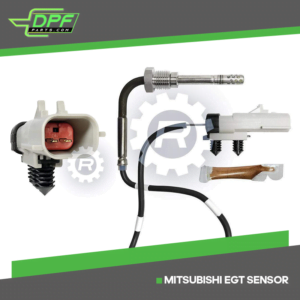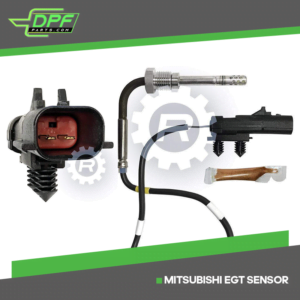Why do you need a Diesel Particulate Filter sensor?
A lot of people are probably confused about why they need to purchase some parts along with their DPFs. Well, one good reason is that, for a DPF filter to efficiently work to better your vehicles, then you need all the necessary parts for it.
A DPF is not a one-task engine, but it also needs its other contributing parts as well. With that in mind, you already know how much each part work to make sure a DPF filter is playing its role for your vehicle.
However, it is not easy to find a direct supplier to provide you with all of this. That’s where we help at DPFParts.com. We are a direct supplier for all your DPF needs— from gaskets to clamps, to pressure sensors. One of the best brands we have is the Mitsubishi Fuso diesel particulate filter sensor.
With that, let’s find out how a DPF sensor pressure works and why you need one.










